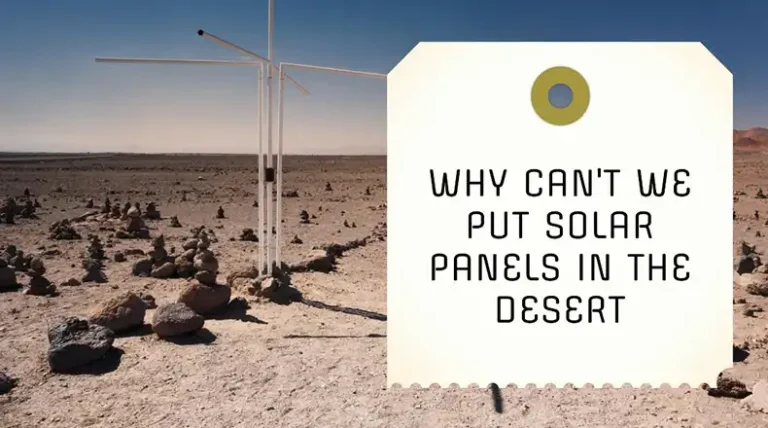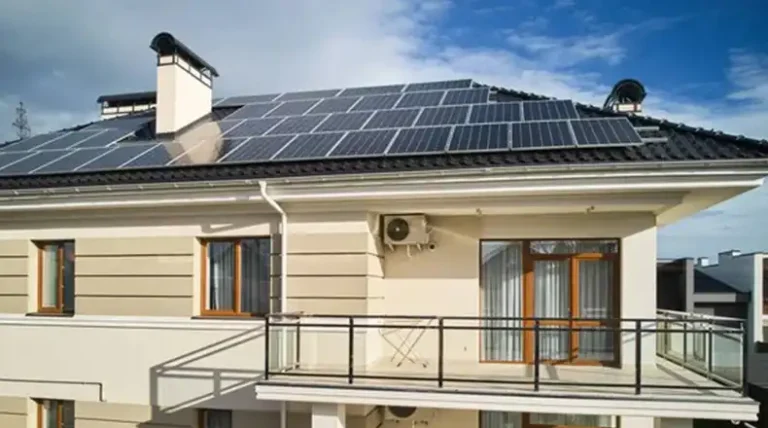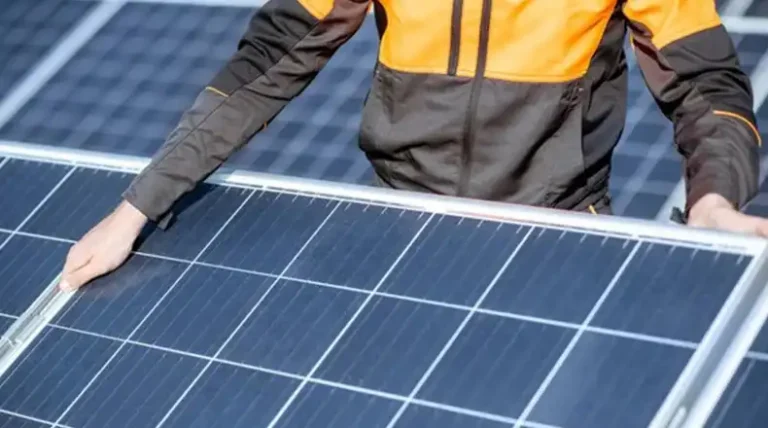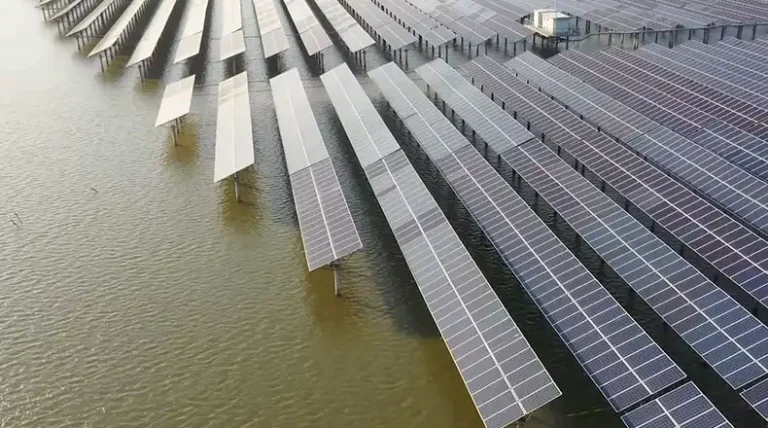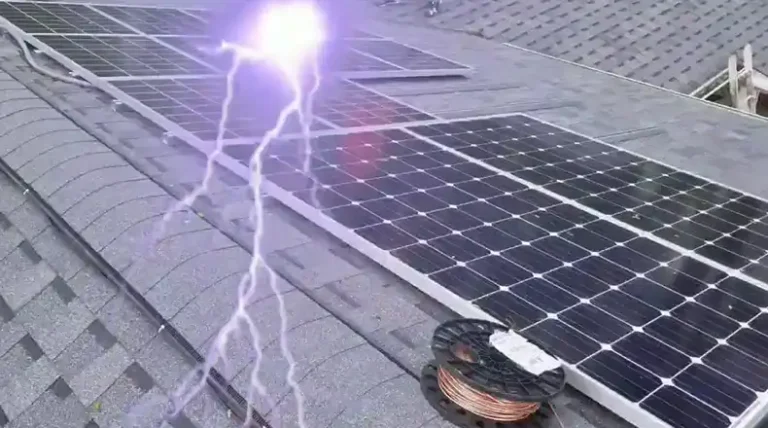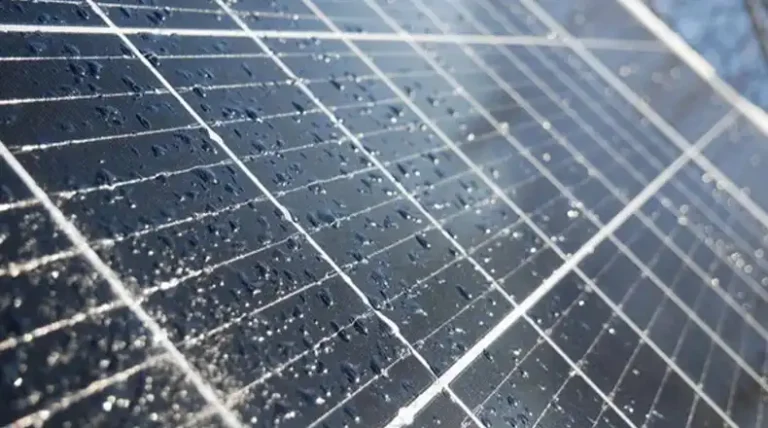How Many Solar Panels Do I Need for A 30 Amp Controller?
Determining the number of solar panels I need for my new 30 amp solar charge controller has had me scratching my head, but I’ve learned it’s actually pretty straightforward once I have some key details about my solar electric system. In this comprehensive guide, I’ll walk through the main factors that influence solar panel quantity when using a 30 amp controller – from system voltage to energy usage. With clear calculations tailored to my setup, I’ll be able to perfectly dial in the right solar panel capacity to match my 30 amp charge controller.
With the ideal number of high-efficiency solar panels powering my new 30 amp charge controller, I’ll be able to build an efficient, high-performing solar array that will provide my home with clean, renewable energy and savings for years to come. Let’s get started!
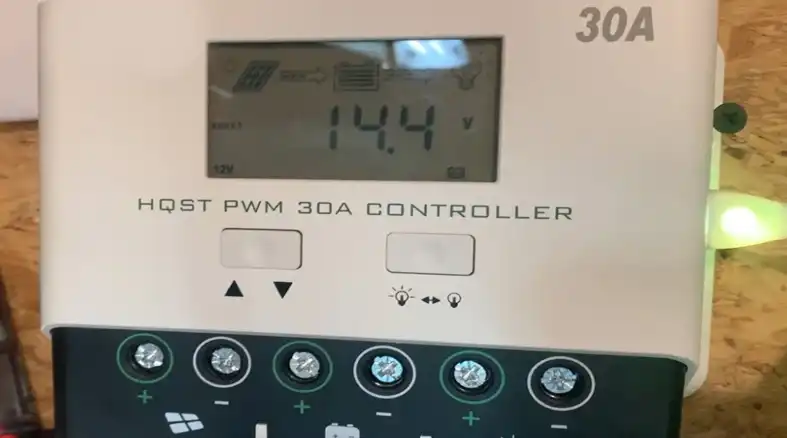
Key Information Needed about Your Solar System
To properly size the number of solar panels your 30 amp charge controller can handle, you need specifics on:
Solar panel wattage: This tells you how much power each panel churns out under ideal conditions. Think of it as their individual muscle mass.
System voltage: Are you team 12V or squad 24V? This voltage choice sets the stage for how your panels connect and perform.
Amperage rating of the controller: That 30 amp number is like your solar system’s bouncer, ensuring the current flow doesn’t get too rowdy.
Maximum Allowable Solar Input Voltage: This limit, often found in your controller’s manual, tells you how much voltage your controller can handle before throwing a tantrum. Don’t push it, or you might end up with fried circuits and a very expensive paperweight.
Maximum Allowable PV System Input Power: This is the total wattage your controller can safely handle. Think of it as the maximum capacity of your solar buffet – overstuff it, and things get messy.
With those key criteria defined, we can now calculate the solar panels needed.
Number of Solar Panels Needed for Your 30 Amp Controller
Let’s assume that you have a 12V rated 30 Amp MPPT charge controller with 97% efficiency. So, the maximum wattage that can be handled by your charge controller is 12V * 30amp * 0.97 or 349.2 watts. So, the maximum output of your solar panels needs to be within 349.2 watts.
Now, you own a charge controller whose maximum solar input at 25°C is 100V, and at -25°C, it is 90V. The advertising maximum PV input power is 400W for 12V. Now, let’s calculate the number of solar panels you will require –
Now, let’s assume that you are willing to use a 150W solar panel whose open circuit voltage or VOC is 22.7V.
Let’s take 4 150W solar panels with 80% efficiency. So, per hour it can generate around 4 * 150W * 0.8 = 480 watts and its open circuit voltage will be 4 * 22.7V or 90.8. Both the wattage output and Voc value are higher than the allowable value of the charge controller.
So, let’s take 3 150W solar panels.
Power can be generated around 3 * 150W * 0.8 = 360 watts. And Voc will be 3 * 22.7 or 68.1V. Now, you can see, both of them are under the maximum allowable power and voltage value. Then per hour, your 30amp charge controller will need 3 150W solar panels to work without any risk or issue at any temperature.
What if the allowable voltage of the charge controller is 50? In this case, you can connect the two panels in a series connection, and one in parallel. By this, the voltage will be 22.7 * 2 = 45.4V and this keeps the voltage at 45.5 volts but doubles the total current because each set of panels contributes its current independently.
What are the Factors Affecting Panel Quantity
These are just a few things to keep in mind when choosing your solar panel posse:
Wattage of Individual Panels
The wattage, or power output, of individual solar panels impacts how many are needed for a system. More efficient, higher output panels require fewer total panels.
System Voltage
The system or string voltage the panels are wired for affects panel quantity. Higher voltage systems with thinner wires need fewer panels than lower voltage setups for the same power output.
Sun Exposure
The amount of unobstructed, direct sunlight panels get is key. More sun hours per day allow fewer panels to meet energy needs. Geography, weather, and shading affect exposure.
Energy Needs
The total energy demand of the solar array must meet daily impacts total panels needed. More energy use necessitates more panels, while conservation lowers the number required. Load calculation is vital.
People Also Ask – PAA
What size charge controller for a 400w solar panel?
There’s no one-size-fits-all answer, as it depends on several factors like voltage, current, charge controller type, and so on. For example, a 400w panel with 50V open circuit voltage and 10 amp maximum current could use a 60V 12 amp MPPT controller. Consider your system’s future expansion potential too.
How many watts can a 20 amp solar controller handle?
The wattage a controller can handle depends on the voltage. For example, a 20 amp controller can handle:
400 watts at 20 volts (20 amps * 20 volts)
600 watts at 30 volts (20 amps * 30 volts)
1200 watts at 60 volts (20 amps * 60 volts)
Always ensure your controller’s voltage rating matches your system’s voltage.
Can I use more panels than your controller can handle?
Not directly. Exceeding the controller’s capacity can damage it and even your batteries. You have options: add another controller, or use panels with lower wattage or current, match your controller’s capacity, or configure panels in series/parallel to adjust voltage/current within the controller’s limits. Remember, safety and efficiency are paramount. When unsure, consult a qualified solar installer for your specific situation.
Conclusion
Determining the optimal number of solar panels to power your off-grid or grid-tied system with a 30 amp charge controller is an important design step. As we learned, key factors like your panel wattage, system voltage, location sunlight, and energy loads help dictate the properly sized solar array and component ratings to maximize performance. By matching your components appropriately, you’ll set up your solar electric system for safe, efficient, and reliable operation for years of clean power production.
I hope this guide gave you the solar panel capacity guidance needed to build your renewable energy system on the right foot. Please reach out with any other solar questions!

